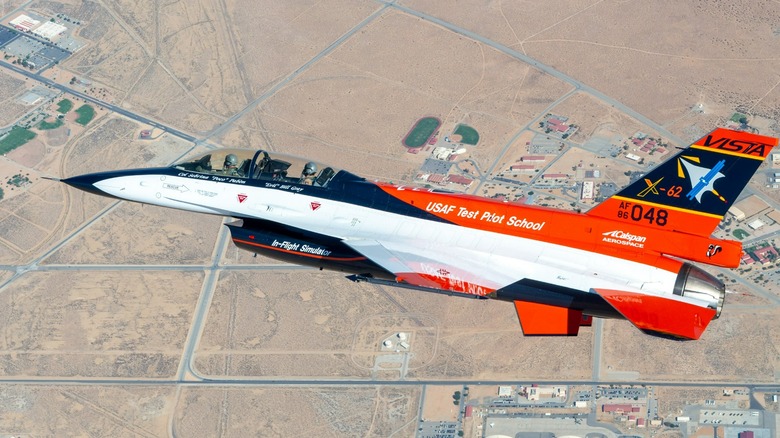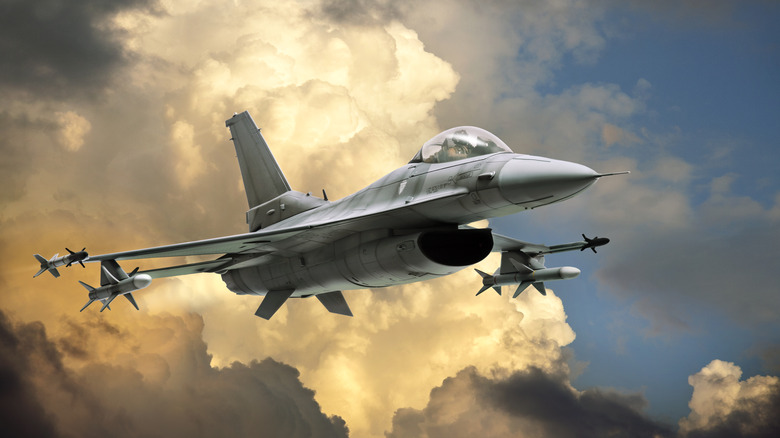The US Air Force Let An AI Agent Fly A Supersonic Jet For 17 Hours - Here's Why
In December 2022, an AI system was given command of the Lockheed Martin VISTA X-62A training aircraft. The test follows in the footsteps of the Air Force's recent news regarding the acquisition of more than 350 Boeing Red Hawk training aircraft.
The use of AI in such a high performance environment is no small feat. AI systems have made news in a variety of fields, and even students are beginning to get on board with the rollout of the ChatGPT enhancements that are making waves. But the military has been slower to adopt AI input than other user markets.
Writing for The Brookings Institution, Tom Stefanick notes that AI hasn't become commonplace for military use because of the very nature of how the systems themselves operate. In order to achieve accurate results from AI-based analysis, inputs must necessarily include huge volumes of data. However, "military adversaries develop sophisticated tactics and technologies to prevent the collection of this data, or try to ensure that we get the wrong data," Stefanick offers.
This means that large scale adoption of AI systems eludes the military, even as many data analysis requirements might benefit greatly from the intuitive and powerful problem-solving capabilities artificial intelligence can bring to the table. Yet, in the area of combat aircraft flight, an AI agent has now proven itself more than up to the task of complex maneuvering and real-time control.
The test sets the stage for enhanced training capabilities
The test proves that AI agents are capable of successfully piloting high performance machines that demand precision handling and split-second decision making. With the 17 hour flight time completed, the AI has showcased that the upper boundaries offered by this technology may far exceed current expectations.
At present, military operators often utilize drone technology to conduct surveillance and even as a forward operating weapons system. Drones remove American lives from harm's way, for if a drone is shot down, the pilot — sitting hundreds or thousands of miles away from the aircraft itself — simply loses remote contact with the unit. But drones typically require a human operator, and only some have been flown autonomously so far.
The use of AI-controlled fighter jets means that training for human pilots may soon include autonomously controlled "adversaries." The VISTA system in particular was designed by Lockheed Martin Skunk Works to mimic the flight and combat capabilities of a variety of other aircraft. By giving it an AI brain to control the equipment, human pilots won't have to try to mirror foreign flight tactics that may put them in harm's way.
Alternatively, it's possible that AI-powered fighters may eventually present themselves on the battlefield, giving the military an even more potent warfighting option that doesn't require placing service members in danger to complete daring aerial missions.

